Home>diy>Building & Construction>How To Repair A Stone Foundation
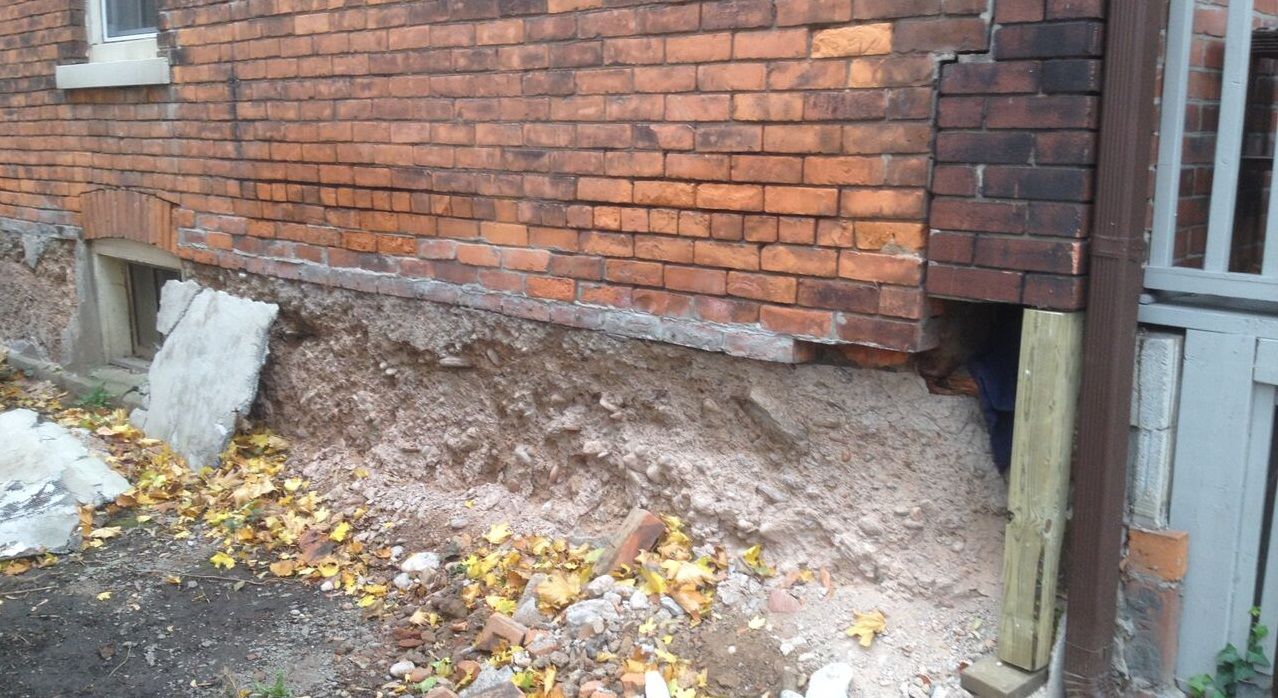

Building & Construction
How To Repair A Stone Foundation
Modified: October 25, 2024
Learn how to repair a stone foundation with expert tips and techniques. Improve the durability and stability of your building construction.
(Many of the links in this article redirect to a specific reviewed product. Your purchase of these products through affiliate links helps to generate commission for Storables.com, at no extra cost. Learn more)
Introduction
When it comes to the stability and structural integrity of a building, a strong foundation is of paramount importance. The foundation acts as the anchor, supporting the weight of the entire structure and ensuring its longevity. However, over time, various factors such as soil movement, water damage, and aging can lead to the deterioration of a stone foundation.
If you notice cracks, leaks, or signs of settling in your stone foundation, it is crucial to address these issues promptly to prevent further damage. Repairing a stone foundation may seem like a daunting task, but with the right knowledge and tools, you can tackle this project successfully.
In this article, we will guide you through the steps necessary to repair a stone foundation effectively. From evaluating the damage to applying the final touches, we will provide you with a comprehensive roadmap to ensure the stability and longevity of your building.
Before we delve into the repair process, it’s important to note that extensive or advanced foundation issues may require professional assistance. If you are unsure about the severity of the damage or lack experience in foundation repair, it is recommended to consult with a qualified structural engineer or foundation repair specialist.
Now, let’s dive into the step-by-step process of repairing a stone foundation and regain the structural integrity of your building.
Key Takeaways:
- Properly repairing a stone foundation involves assessing the damage, gathering the right tools, preparing the area, and addressing cracks, holes, and mortar joint damage. Following these steps ensures a successful repair project.
- Applying waterproofing sealant and reinforcing the foundation are crucial steps in protecting and strengthening a stone foundation. Completing the finishing touches and cleanup ensures a polished and professional result.
Read more: How To Build A Stone Fireplace And Chimney
Step 1: Assessing the Damage
The first step in repairing a stone foundation is to assess the extent and nature of the damage. This initial evaluation will help you determine the appropriate repair techniques and materials needed. Here’s how you can effectively assess the damage:
- Visual Inspection: Start by visually inspecting the foundation both from the inside and outside of the building. Look for cracks, gaps, bulges, or signs of water infiltration. Take note of any areas where the stone appears to be dislodged.
- Structural Assessment: Check for any signs of structural instability, such as wall rotation, uneven settling, or sagging floors. These indications may require more extensive repairs or the involvement of a professional.
- Water Damage Examination: Water damage is a common issue in stone foundations. Inspect for any signs of water stains, efflorescence (white deposits), or mold growth. These signs could indicate a need for waterproofing measures or addressing drainage issues.
- Measurement and Documentation: Use a measuring tape or ruler to measure the length, width, and depth of cracks or gaps in the foundation. Take photos or make sketches to document the damage and keep a record of the repairs.
By thoroughly assessing the damage, you will be able to determine the appropriate repair techniques and materials needed to restore the integrity of your stone foundation. If you are unsure about the severity of the damage or need professional advice, it is recommended to consult with a licensed structural engineer or foundation specialist.
Step 2: Gathering the Necessary Tools and Materials
After assessing the damage to your stone foundation, the next step is to gather the necessary tools and materials for the repair process. Having the right equipment on hand will make the repair job more efficient and ensure its success. Here are some essential tools and materials you will need:
- Safety Equipment: Begin by prioritizing safety. Wear protective gear such as safety glasses, gloves, and a dust mask to protect yourself from debris and harmful substances.
- Sturdy Work Gloves: A pair of high-quality work gloves will provide protection and enhance your grip while working with stone and masonry materials.
- Hammer and Chisel: A hammer and chisel set will be necessary for removing loose or damaged stone from the foundation.
- Wire Brush: Use a wire brush to clean the surface of the stone foundation, removing any loose debris, dirt, or old mortar.
- Tuckpointing Trowel: A tuckpointing trowel is essential for spreading and shaping mortar during the repair process.
- Masonry Trowel: A larger masonry trowel will be useful for applying mortar to fill larger gaps and cracks in the foundation.
- Stone Repair Mortar: Choose a high-quality stone repair mortar that matches the composition and color of your existing stone foundation. This will ensure a seamless repair job.
- Waterproofing Sealant: Depending on the level of water damage, you may need a waterproofing sealant to prevent future water infiltration and protect the foundation.
- Concrete Reinforcing Mesh: If the foundation has significant cracks or structural issues, concrete reinforcing mesh can provide additional strength and stability.
- Masonry Brush: A masonry brush is useful for applying the waterproofing sealant or cleaning the repaired areas.
Make sure to gather all the necessary tools and materials before starting the repair process. This will save you time and ensure that you have everything you need to complete the job effectively.
Step 3: Preparing the Area for Repair
Before you begin the actual repair work on your stone foundation, it is crucial to prepare the area properly. This will ensure a clean and sturdy surface for the repair materials to adhere to. Follow these steps to prepare the area for repair:
- Clean the Area: Use a wire brush or stiff bristle brush to remove any loose debris, dirt, or old mortar from the damaged area. Make sure the surface is clean and free of any contaminants that could affect the adhesion of the repair materials.
- Remove Loose or Damaged Stone: Use a hammer and chisel to carefully remove any loose or damaged stone from the foundation. Be sure to remove all loose pieces and create clean edges around the affected area.
- Create a Rough Surface: Use the chisel to create a rough surface on the edges surrounding the repair area. This will help the new mortar or repair material bond more effectively with the existing stone.
- Wet the area: Dampen the surface of the stone foundation with water prior to applying the repair materials. This will prevent the stone from absorbing moisture from the mortar and ensure proper curing.
- Protect Adjacent Surfaces: If there are any surfaces adjacent to the repair area that you want to protect from accidental spills or mortar, cover them with plastic sheeting or painter’s tape. This will ensure a clean and tidy repair job.
- Mix the Mortar: Follow the instructions on the packaging to mix the stone repair mortar correctly. Mix the mortar to a consistency that is workable but not too loose or too stiff. This will make it easier to apply and shape the repair material.
By properly preparing the area for repair, you create the ideal conditions for the repair materials to bond and cure effectively. Taking the time to clean the surface, remove damaged stone, and create a rough surface will ensure a strong and durable repair for your stone foundation.
Step 4: Repairing Cracks and Holes
Cracks and holes in a stone foundation can compromise its structural integrity and lead to further damage if left unaddressed. Repairing these cracks and holes is essential to ensure the stability of the foundation. Here’s how you can effectively repair cracks and holes in your stone foundation:
- Prime the Area: Before applying the repair material, it is recommended to prime the cracked or hole area with a bonding agent or primer. This will enhance the adhesion of the repair material to the stone surface.
- Fill Cracks: Use a tuckpointing trowel or masonry trowel to fill the cracks in the stone foundation with the stone repair mortar. Press the mortar firmly into the cracks, making sure to completely fill the voids. Smooth the surface of the mortar with the trowel.
- Repair Holes: For larger holes or gaps in the foundation, prepare the stone repair mortar to a slightly thicker consistency. Use the trowel to fill the holes with the mortar, ensuring it is packed tightly. Smooth the surface of the mortar, making it level with the surrounding stone.
- Shape and Finish: After filling the cracks and holes, use the trowel to shape and finish the repaired areas. Match the texture and contour of the existing stone as closely as possible, blending the repair into the surrounding surface.
- Cure and Dry: Allow the repair material to cure and dry as per the manufacturer’s instructions. This typically involves misting the repaired area with water and covering it with plastic or damp cloths to prevent rapid drying.
- Inspect and Touch up: Once the repair material has dried, inspect the repaired areas for any imperfections or unevenness. If necessary, touch up the repair by adding additional mortar and shaping it to match the surrounding stone.
Properly repairing cracks and holes in your stone foundation is crucial for maintaining its structural integrity and preventing further damage. Take your time to ensure the cracks and holes are filled completely and the repaired areas blend seamlessly with the existing stone.
Make sure to thoroughly clean the damaged area before starting the repair. Use a wire brush to remove any loose debris and dirt from the stone foundation. This will ensure a better bond for the repair material.
Step 5: Patching Mortar Joints
Mortar joints play a vital role in the stability of a stone foundation. Over time, these joints can deteriorate, leading to weakened structural support. Patching mortar joints is an essential step in repairing a stone foundation. Here’s how you can effectively patch mortar joints:
- Clean the Joints: Use a wire brush or masonry brush to clean out the mortar joints. Remove any loose or crumbling mortar, debris, or dirt. Ensure that the joints are clean and free from any obstructions.
- Wet the Joints: Dampen the cleaned mortar joints with water using a brush or spray bottle. This will prevent the dry joints from absorbing water from the new mortar, ensuring proper curing.
- Prepare the Mortar: Mix the stone repair mortar according to the manufacturer’s instructions. The consistency should be workable, similar to that of toothpaste or peanut butter.
- Apply the Mortar: Use a pointing trowel or a mortar bag to fill the joints with the mortar, starting from the bottom and working your way up. Press the mortar into the joints, making sure they are completely filled.
- Finishing Touches: Once the joints are filled with the mortar, use a piece of wood or a jointing tool to create a desired shape and finish. This will match the appearance of the existing mortar joints.
- Cure and Dry: Allow the mortar joints to cure and dry as per the manufacturer’s instructions. Mist the joints with water and cover them with plastic or damp cloths to prevent rapid drying.
- Inspect and Touch up: After the mortar has dried, inspect the patched joints for any imperfections. If necessary, touch up the joints by adding more mortar and shaping it to match the surrounding joints.
Patching mortar joints will restore the strength and stability of your stone foundation. Take your time to ensure that the joints are clean, the mortar is properly applied, and the finished patches blend seamlessly with the existing mortar. This will help the foundation maintain its structural integrity for years to come.
Step 6: Applying Waterproofing Sealant
Water damage is a common issue in stone foundations and can lead to further deterioration if not addressed. To protect your foundation from the damaging effects of water, it is important to apply a waterproofing sealant. Here’s how you can effectively apply a waterproofing sealant to your stone foundation:
- Clean the Surface: Ensure that the surface of the stone foundation is clean, free from any debris, dirt, or loose mortar. Use a wire brush or pressure washer to remove any contaminants and allow the surface to dry completely.
- Choose the Right Sealant: Select a high-quality waterproofing sealant that is specifically designed for stone or masonry applications. Follow the manufacturer’s instructions and make sure the sealant is suitable for your specific foundation material.
- Apply the Sealant: Start at the lowest point of the foundation and work your way up. Use a brush or roller to apply the sealant, making sure to cover the entire surface of the foundation. Apply multiple coats if necessary, following the recommended drying time between each coat.
- Pay Attention to Cracks and Joints: Ensure that the sealant is applied generously to any cracks, gaps, or mortar joints in the foundation. This will help prevent water from seeping into these vulnerable areas.
- Monitor the Result: After applying the sealant, keep an eye on the foundation during periods of rainfall to ensure that water beads up and runs off the surface. This indicates that the sealant is effective in repelling water.
- Reapply as Needed: Over time, the effectiveness of the sealant may diminish. If you notice water seepage or deterioration in the waterproofing, it may be necessary to reapply the sealant to maintain the protection of your stone foundation.
Applying a waterproofing sealant to your stone foundation is crucial for preventing water damage and preserving its structural integrity. By following the proper steps and choosing the right sealant, you can effectively protect your foundation from the damaging effects of water infiltration.
Step 7: Reinforcing the Foundation
In some cases, a stone foundation may require additional reinforcement to ensure its long-term stability and structural integrity. This is especially true if the foundation has significant cracks, settling, or other signs of structural weakness. Here’s how you can reinforce your stone foundation:
- Consult with a Professional: If you suspect that your stone foundation requires reinforcement, it is advisable to consult with a qualified structural engineer or foundation specialist. They will be able to assess the extent of the problem and recommend the appropriate reinforcement measures.
- Steel Beams or Angle Iron: One common method of foundation reinforcement is the installation of steel beams or angle iron. These structural supports can help distribute the weight of the building more evenly and provide added strength and stability to the foundation.
- Concrete Piers or Helical Piles: Depending on the severity of the foundation issues, concrete piers or helical piles may be recommended. These can be installed under the foundation to lift and support areas that have settled or are experiencing excessive movement.
- Carbon Fiber Straps or Steel Reinforcement: For foundation walls that are bowing or exhibiting signs of movement, carbon fiber straps or steel reinforcement can be used to strengthen and stabilize the walls. These materials are applied directly to the surface of the foundation walls and provide additional reinforcement.
- Grouting and Injection: In some cases, grouting or injection techniques may be used to fill voids, stabilize loose stone, or strengthen the soil beneath the foundation. This can improve the overall stability and load-bearing capacity of the foundation.
- Follow Professional Guidance: Foundation reinforcement is a complex process that should be done by experienced professionals. It is essential to follow the guidance and recommendations of the structural engineer or foundation specialist to ensure the proper installation and effectiveness of the reinforcement measures.
Reinforcing a stone foundation is a critical step in addressing significant structural issues and ensuring the long-term stability of the building. Consulting with professionals and following their guidance will help you determine the most suitable methods for reinforcing your stone foundation.
Step 8: Finishing Touches and Cleanup
After completing the necessary repairs and reinforcements to your stone foundation, it’s time to add the finishing touches and ensure a clean and tidy final result. Here are the steps for finishing touches and cleanup:
- Inspect the Repairs: Take a careful look at the repaired areas of your stone foundation. Check for any remaining imperfections or areas that require additional touch-ups. Smooth out any rough edges or uneven surfaces to achieve a seamless finish.
- Clean the Area: Remove any debris, tools, or excess mortar from the work area. Use a brush, broom, or vacuum cleaner to clean any dust or loose particles. Cleaning the area will allow you to appreciate the results of your hard work and ensure safety during future inspections or maintenance.
- Dispose of Materials Properly: Dispose of any waste materials or unused mortar in accordance with local regulations. Stone and mortar fragments can be collected and discarded in appropriate containers or disposed of at a local waste management facility.
- Restore Landscaping: If your stone foundation repair project required removing any landscaping features, such as plants or grass, take the time to reinstate them. Replace any plants, repair any damage to the lawn, and ensure the surrounding area looks as good as it did before the repair project.
- Seal and Protect: Consider applying a final coat of waterproof sealant over the repaired areas to enhance protection against water damage. This will help prolong the life of the repairs and maintain the overall integrity of the stone foundation.
- Document the Work: Take photographs or make notes to document the repairs that were carried out on your stone foundation. This will serve as a reference for future inspections, maintenance, or discussions with professionals regarding the history of the foundation repairs.
Completing the finishing touches and cleanup is essential for achieving a polished and professional result. By paying attention to detail and ensuring a clean and tidy work area, you can enjoy the satisfaction of a well-repaired stone foundation.
Read more: How To Stucco A Foundation
Conclusion
Repairing a stone foundation is a significant undertaking, but with the right knowledge and approach, it is a manageable task that can restore the strength and integrity of your building. By following the step-by-step process we’ve outlined, you can confidently address issues such as cracks, holes, and mortar joint damage in your stone foundation.
Remember that proper assessment of the damage, gathering the necessary tools and materials, and preparing the area for repair are crucial initial steps. Repairing cracks and holes, patching mortar joints, applying waterproofing sealant, and reinforcing the foundation are essential measures to ensure a successful repair project.
Completing the finishing touches and cleaning up the work area will provide a polished and professional result. By following these steps, you can have peace of mind knowing that your stone foundation is structurally sound and protected against further damage.
If you have any doubts or if the foundation issues are extensive, it is always advisable to consult with a qualified structural engineer or foundation repair specialist. Their expertise will ensure that your stone foundation is repaired with precision and in line with industry standards.
Maintaining a strong and stable foundation is vital to the overall stability and longevity of any building. By addressing foundation issues promptly and properly, you can ensure the safety and longevity of your structure, providing you with peace of mind for years to come.
Frequently Asked Questions about How To Repair A Stone Foundation
Was this page helpful?
At Storables.com, we guarantee accurate and reliable information. Our content, validated by Expert Board Contributors, is crafted following stringent Editorial Policies. We're committed to providing you with well-researched, expert-backed insights for all your informational needs.
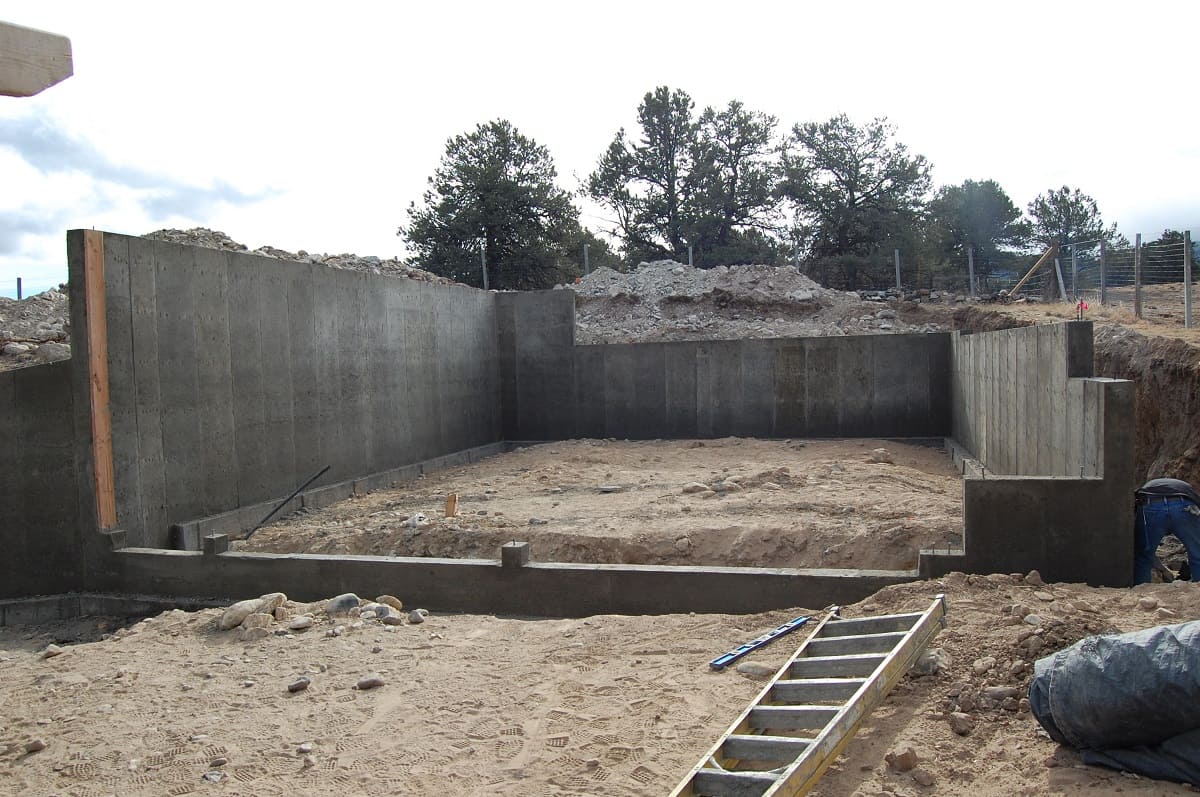
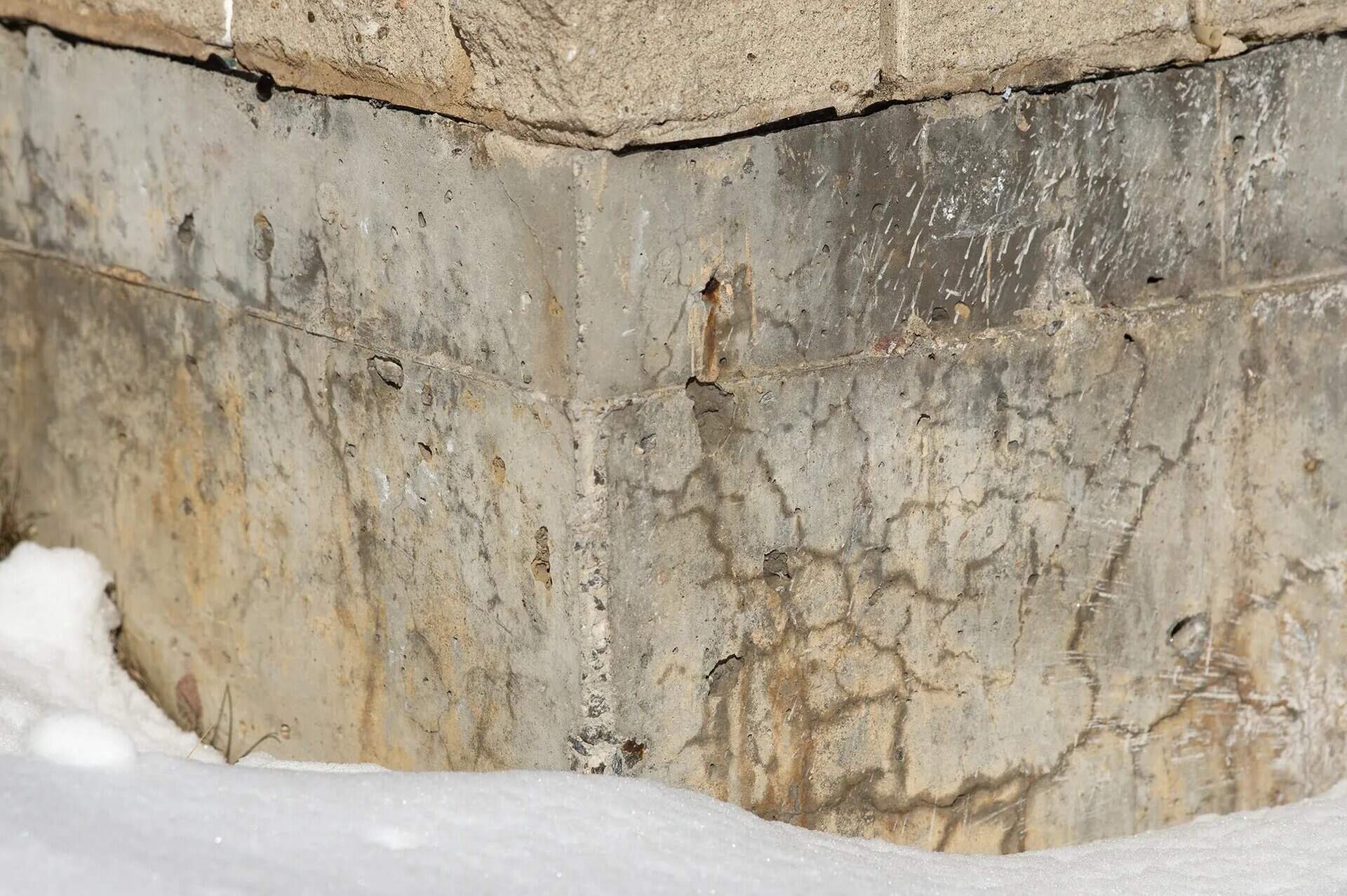

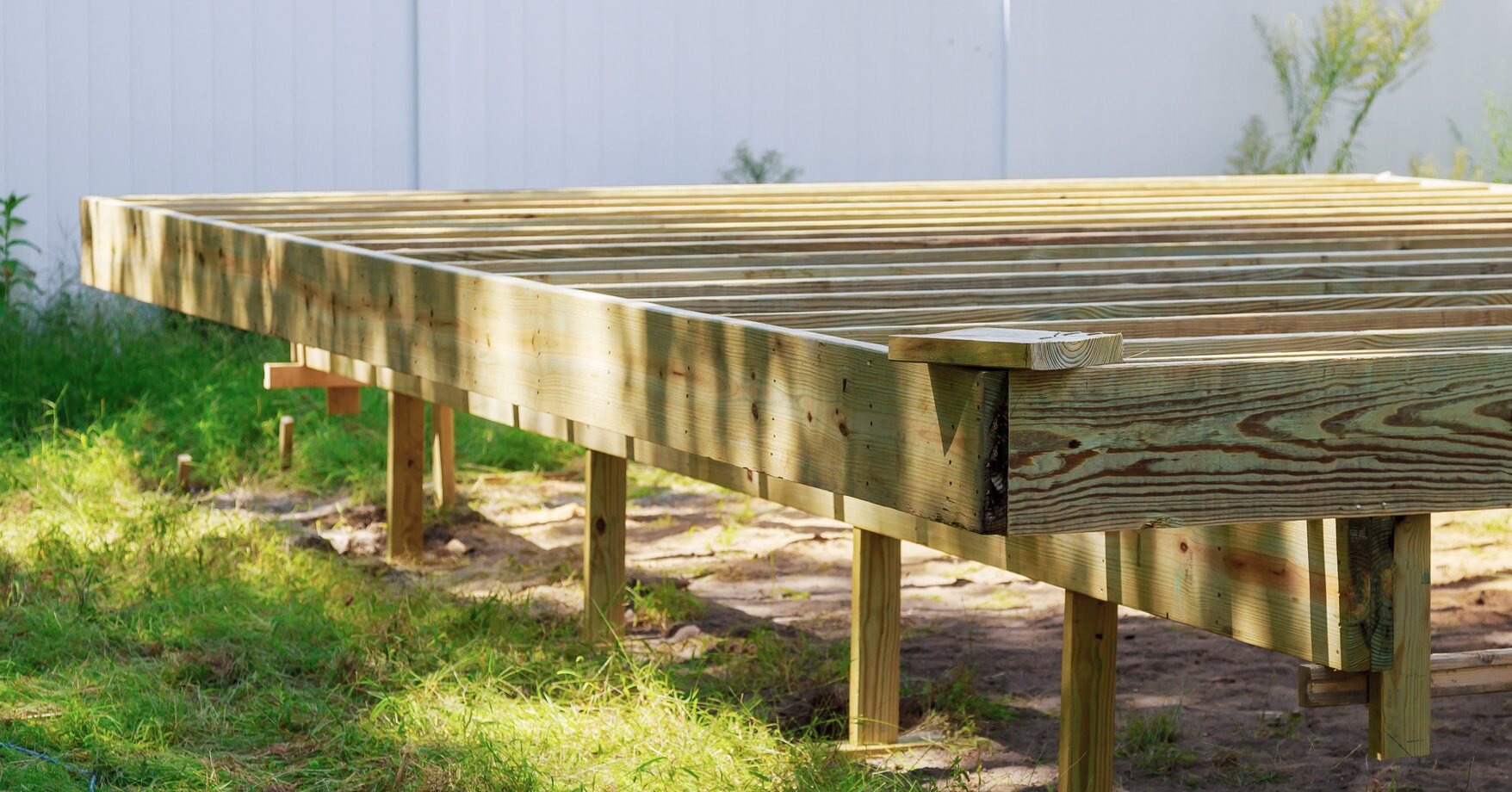
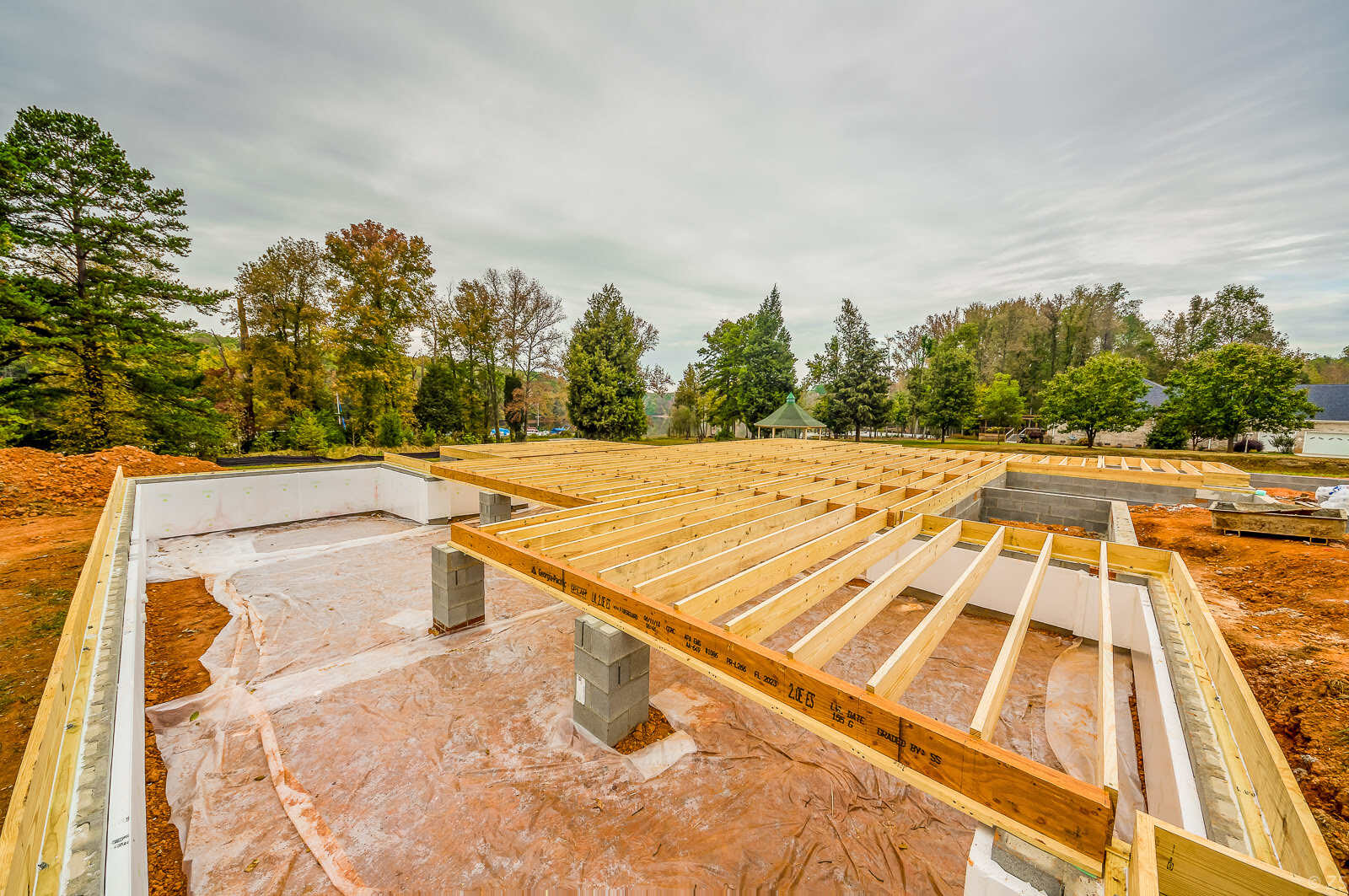
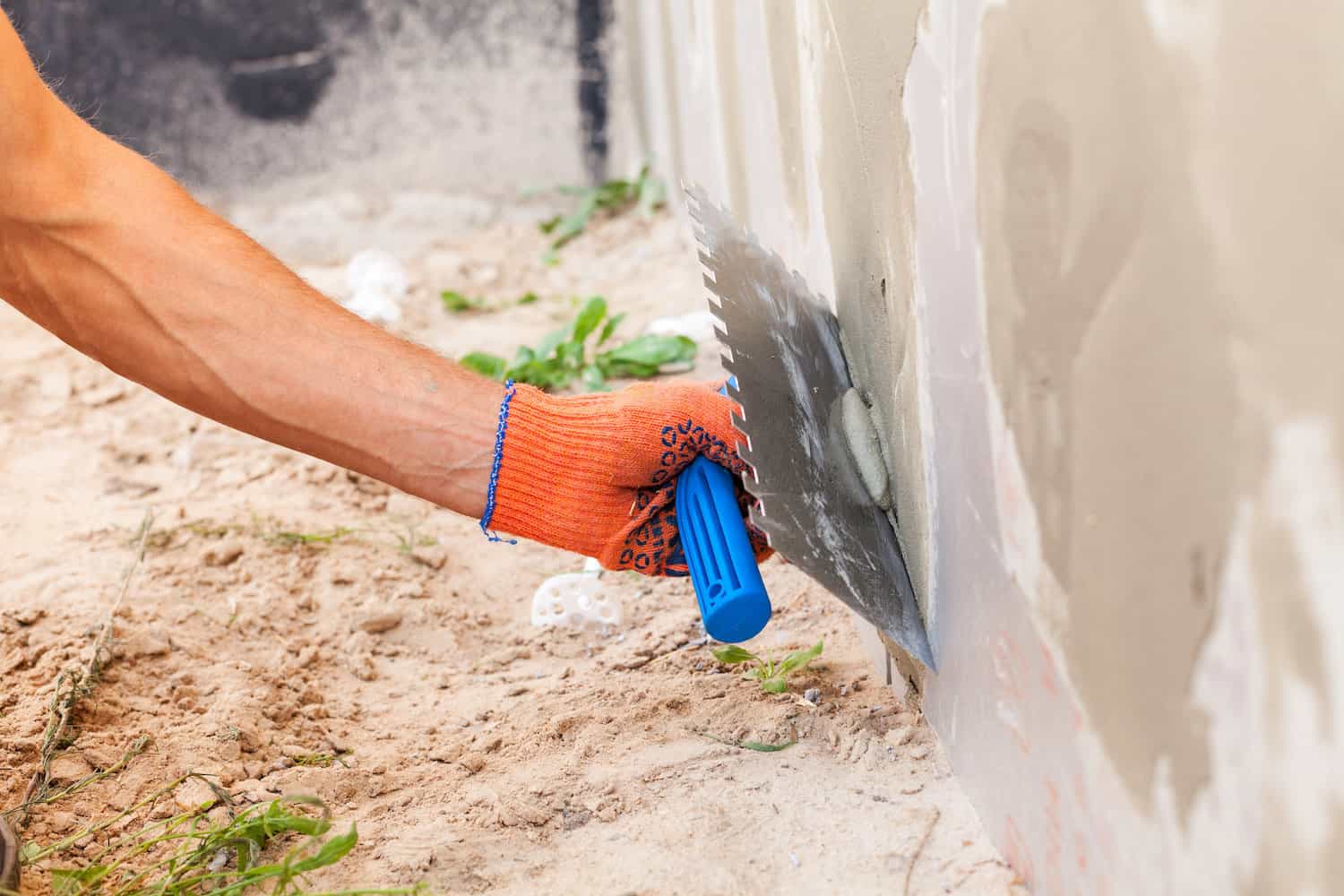
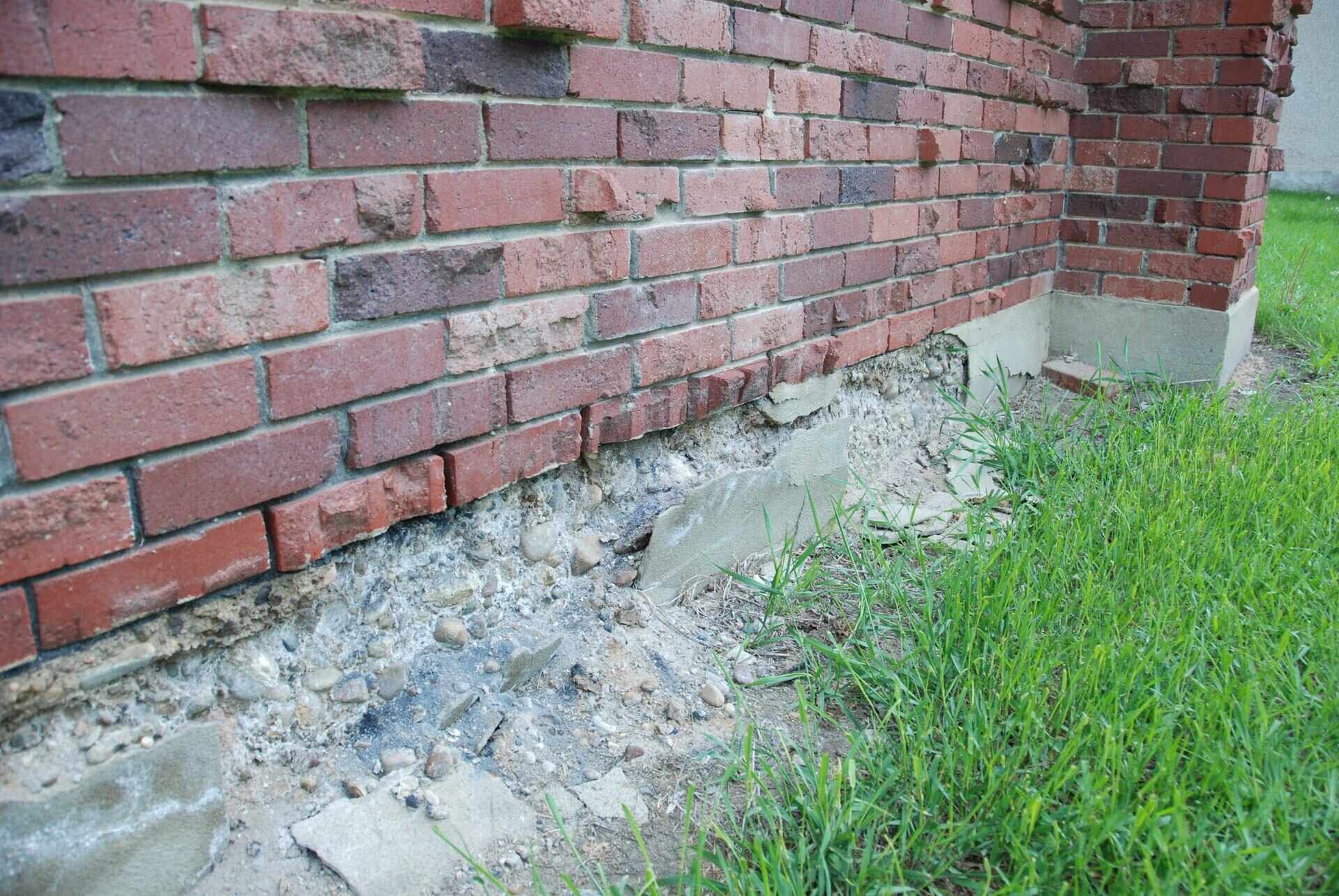
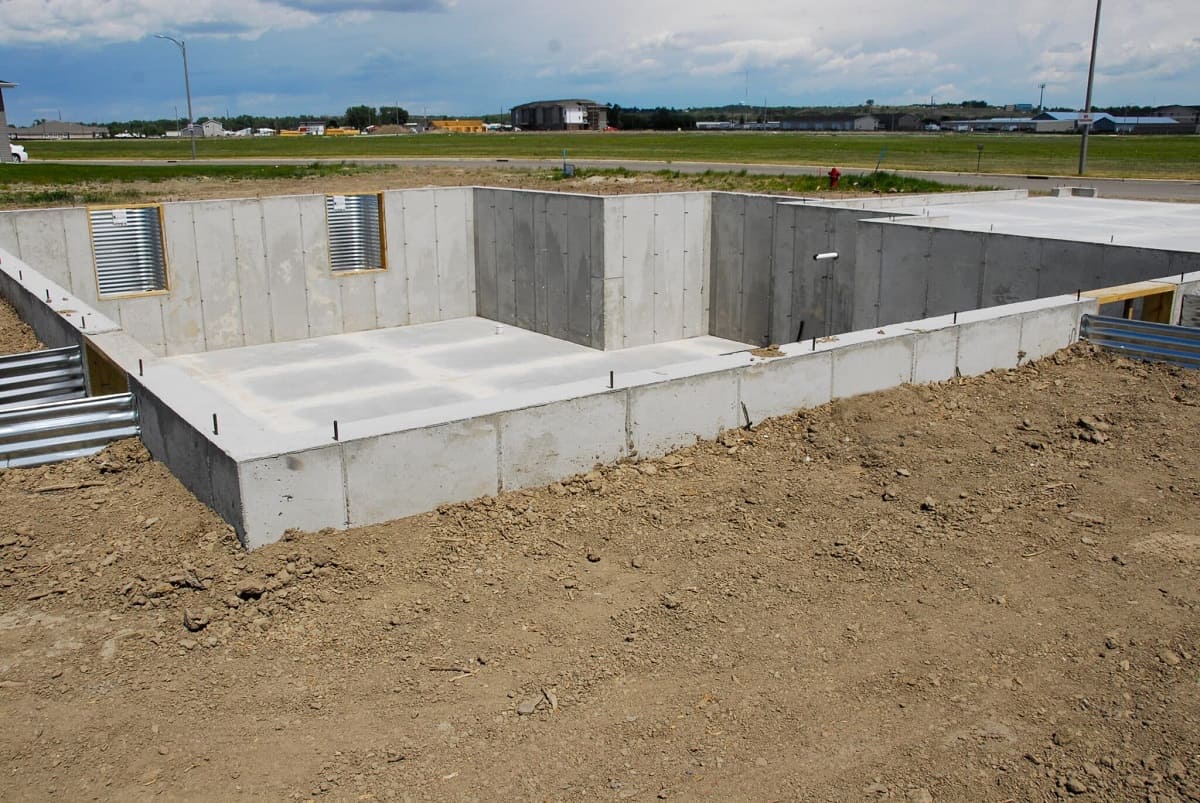
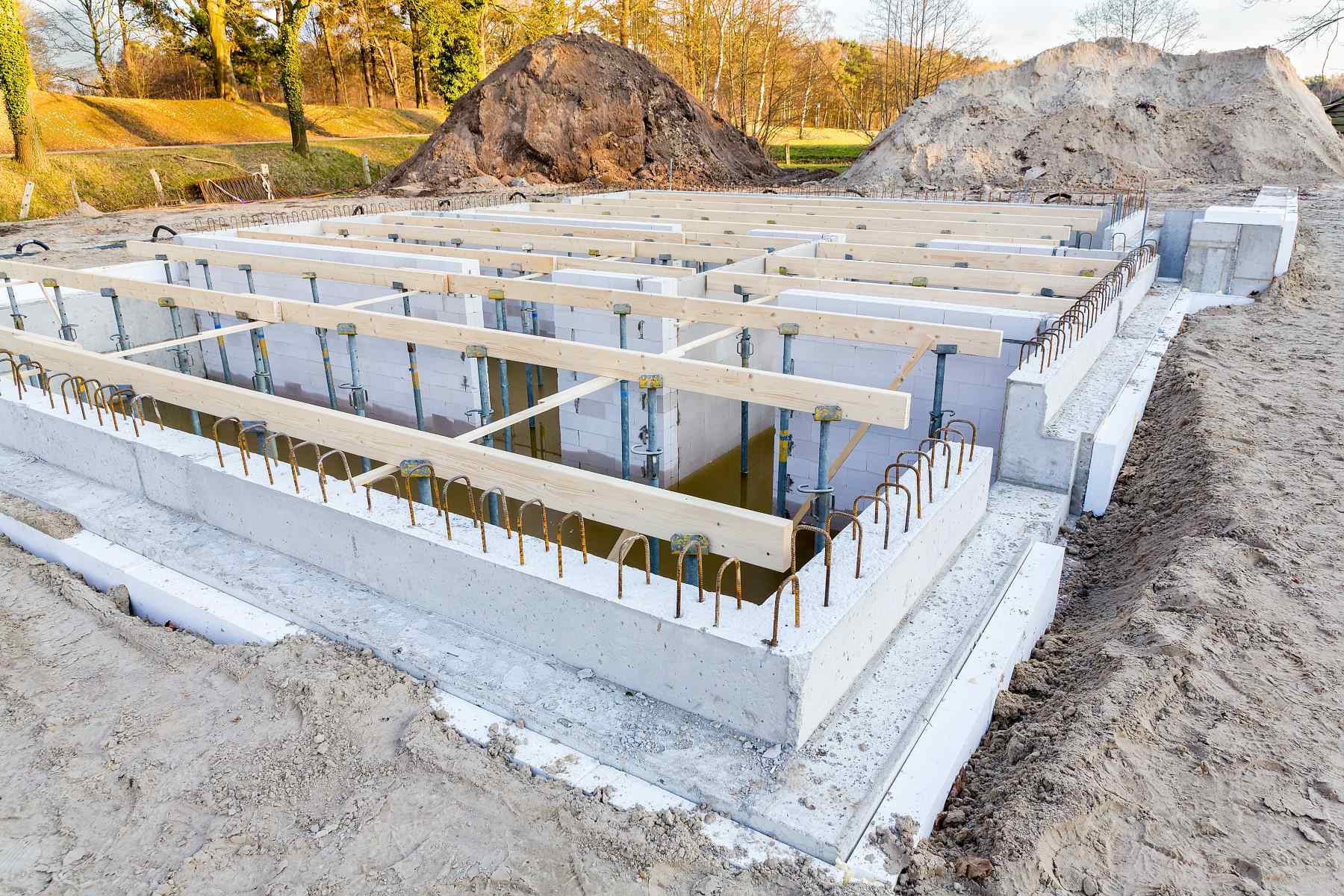
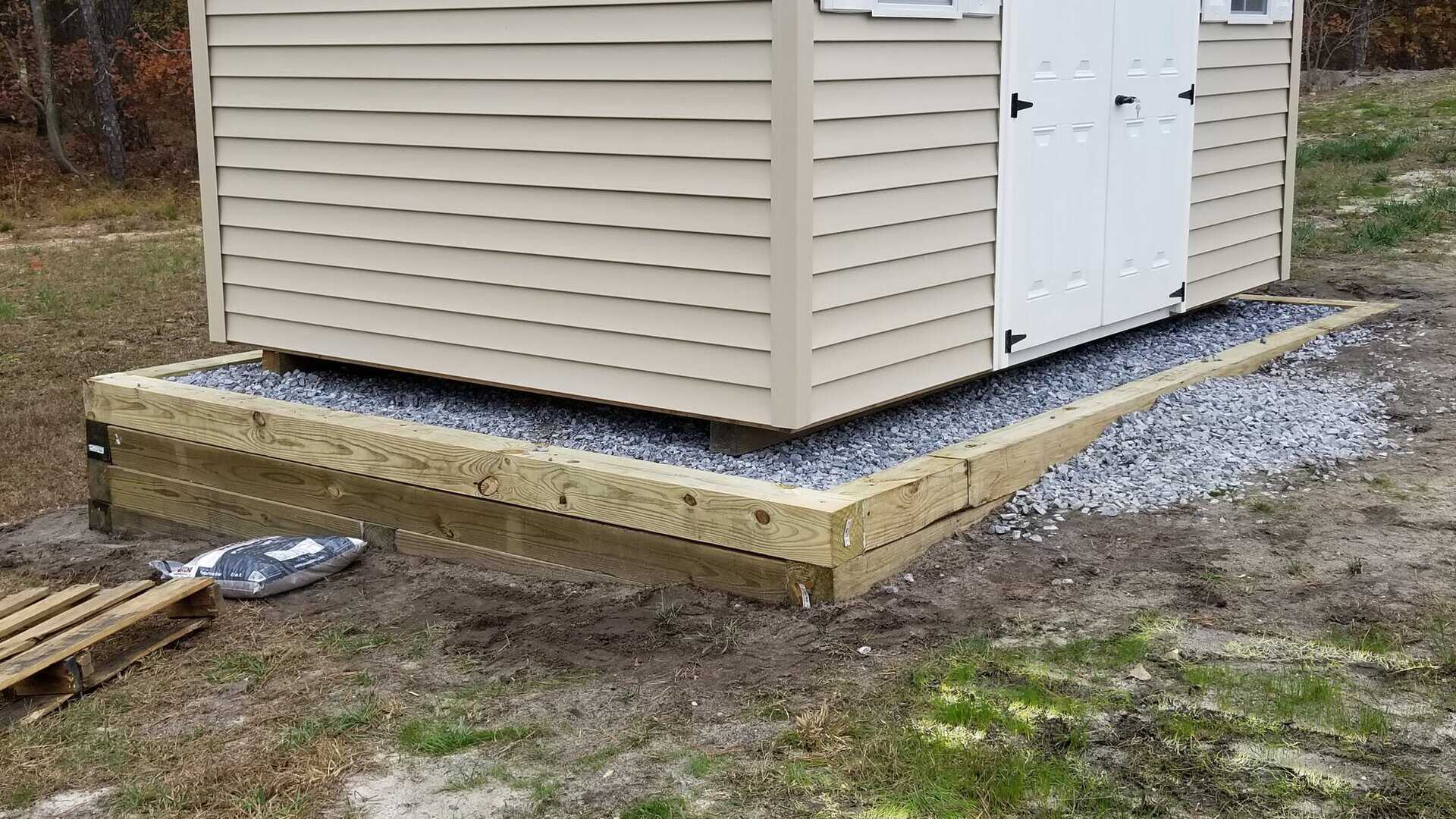
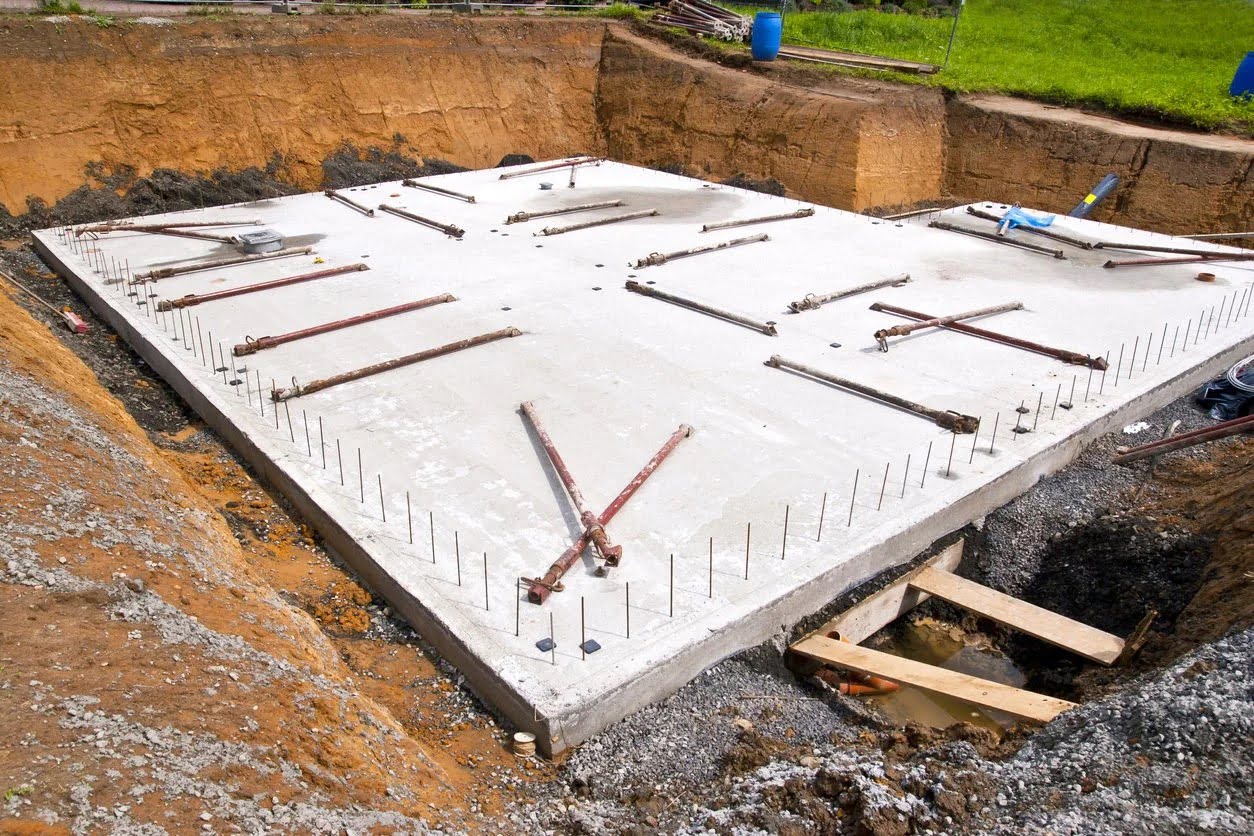
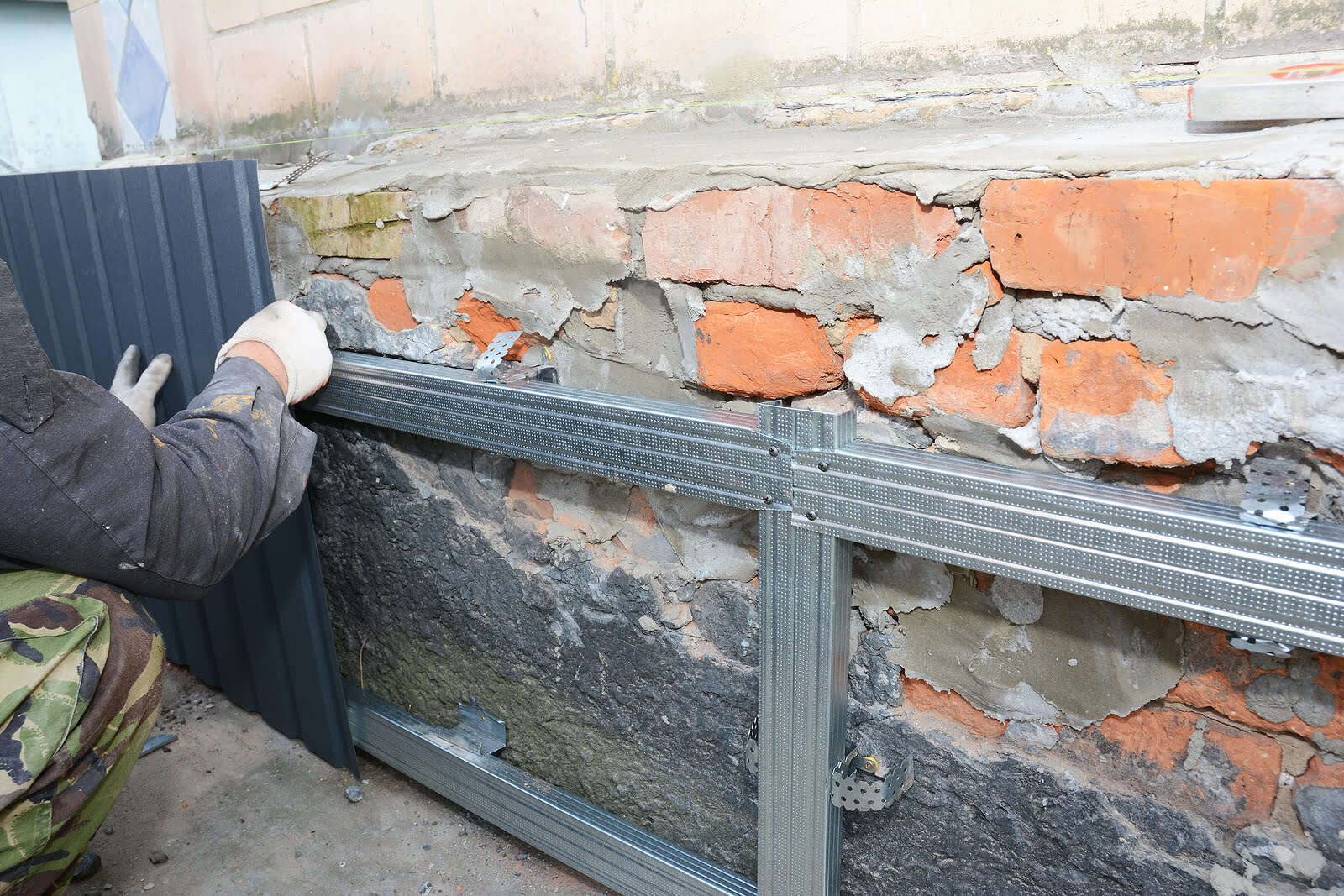
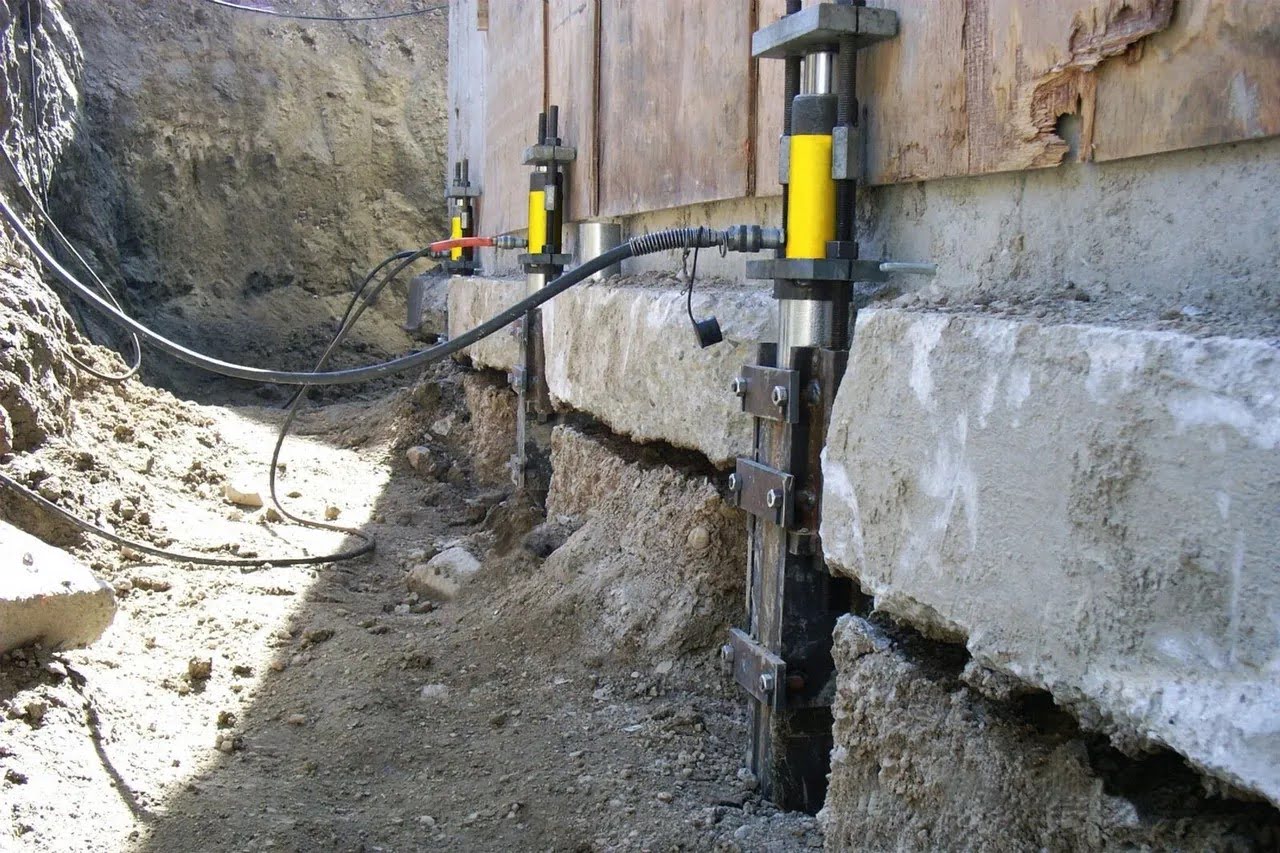

0 thoughts on “How To Repair A Stone Foundation”